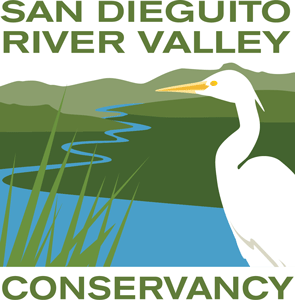
Report tracks wetlands restoration
| ConservationWater quality at the San Dieguito Lagoon wetlands is in good standing. So is the density and variety of birds.
Researchers from the UC Santa Barbara also conclude that the presence of exotic and invasive species — the kind that can choke waterways and crowd out native plants — is very low.
That’s all good.
When compared with other wetlands in the region, however, the San Dieguito wetlands lag in their densities of fish and invertebrates and overall vegetation cover.
Those are the findings of researchers at the Marine Science Institute at UC Santa Barbara. The scientists are monitoring conditions at the San Dieguito wetlands after a $100 million restoration program was completed in 2011.
Researchers are exploring the roles that elevations, sediment attributes and larval supplies could play in San Dieguito’s low densities of fish and invertebrates.
As for plant cover, a revegetation program during the past five years has added nearly 230,000 plants to facilitate vegetation development. Cordgrass continues to expand throughout the restoration project area east and west of Interstate 5.
Starting in 2006, Southern California Edison began construction of the five-year, 150-acre restoration of tidal wetlands to compensate for harm to marine life caused by operations of the now-shuttered San Onofre Nuclear Generating Station.
The utility continues to pays for dredging of the lagoon inlet, which permits the tidal flushing needed to maintain good water quality throughout the fragile wetlands.
Details can be found in the Marine Science Institute’s 2022 Annual Report.





